
From time to time, sit close to the one you love, hold his or her hand, and ask, “Darling, do I understand you enough? Or am I making you suffer? Please tell me so that I can learn to love you properly. I don’t want to make you suffer, and if I do so because of my ignorance, please tell me so that I can love you better, so that you can be happy.” If you say this in a voice that communicates your real openness to understand, the other person may cry. That is a good sign, because it means the door of understanding is opening and everything will be possible again.
Thich Nhat Hanh, in "Peace Is Every Step"










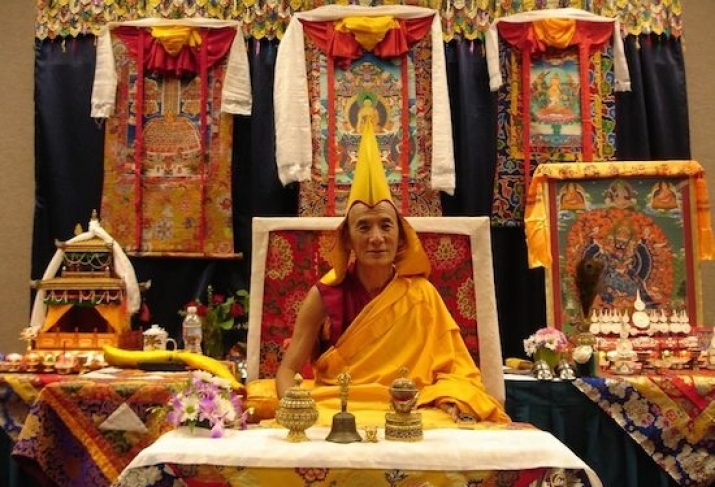


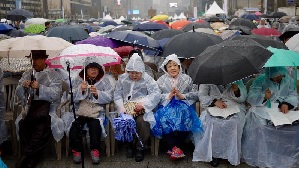
 Buddhist monks prayed
Buddhist monks prayed 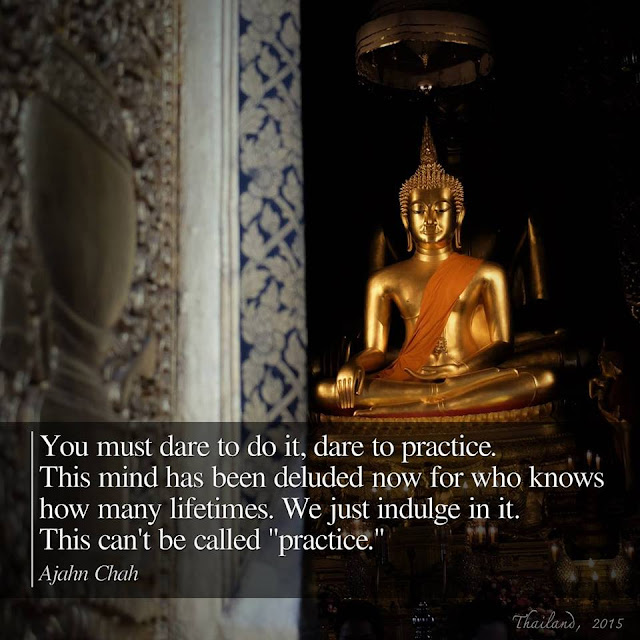

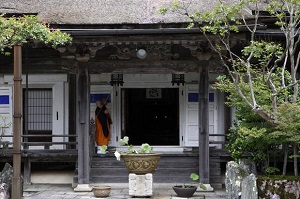 << Japan's Buddhist temples rely on ceremonial fees and collections from local supporters.
<< Japan's Buddhist temples rely on ceremonial fees and collections from local supporters. 





 <<
<< 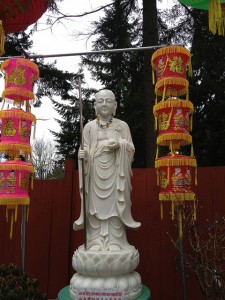








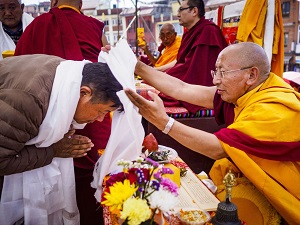 "Maybe someday in the future a new king will arise who doesn’t like paper money. He’ll have us use wax droppings instead—take sealing wax, melt it, stamp it into lumps, and suppose it to be money. We’ll be using wax droppings all over the country, getting into debt all because of wax droppings. Let alone wax droppings, we could take chicken droppings and turn them into money! It could happen. All our chicken droppings would be cash. We’d be fighting and killing one another over chicken droppings."
"Maybe someday in the future a new king will arise who doesn’t like paper money. He’ll have us use wax droppings instead—take sealing wax, melt it, stamp it into lumps, and suppose it to be money. We’ll be using wax droppings all over the country, getting into debt all because of wax droppings. Let alone wax droppings, we could take chicken droppings and turn them into money! It could happen. All our chicken droppings would be cash. We’d be fighting and killing one another over chicken droppings."
